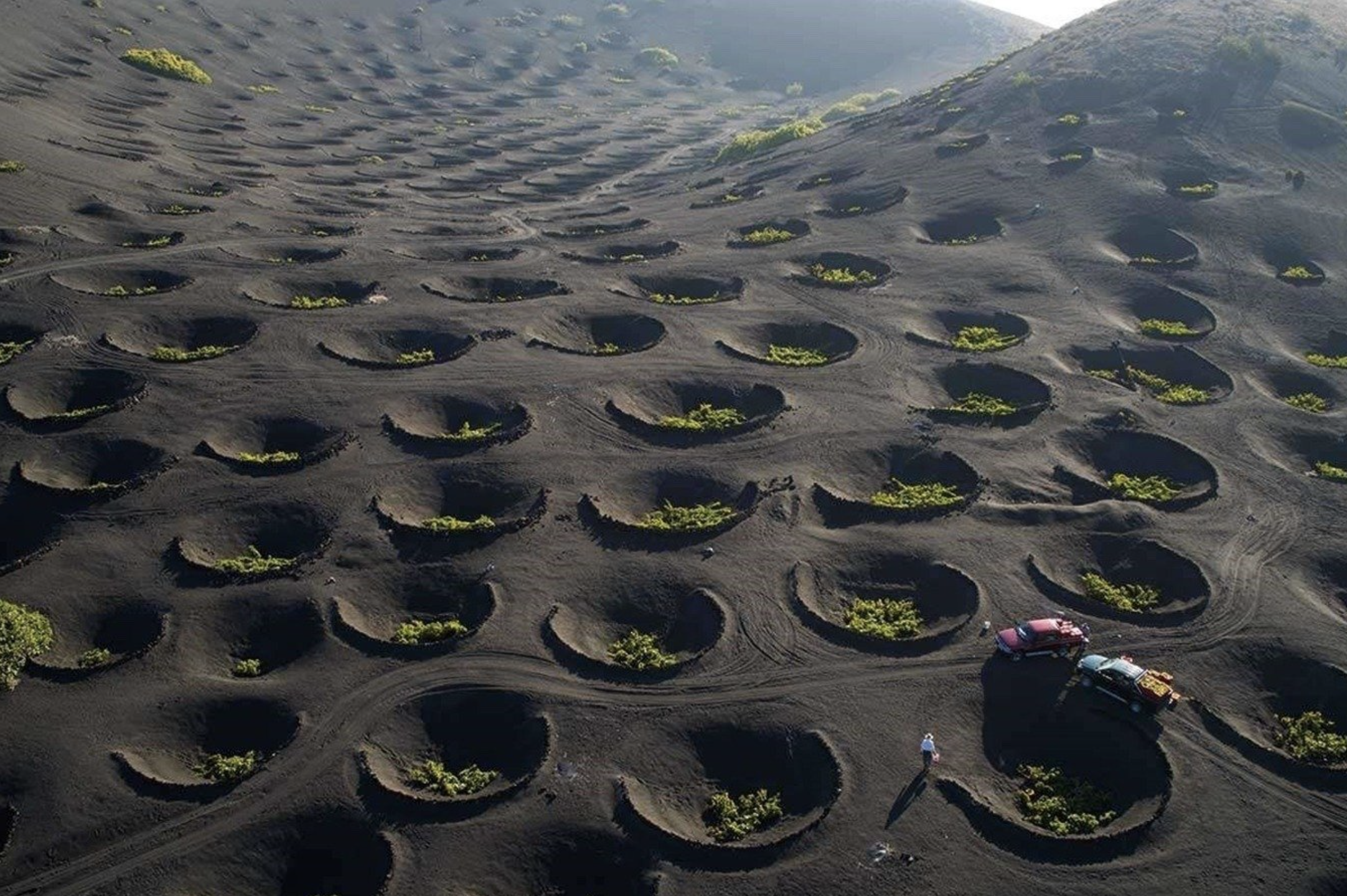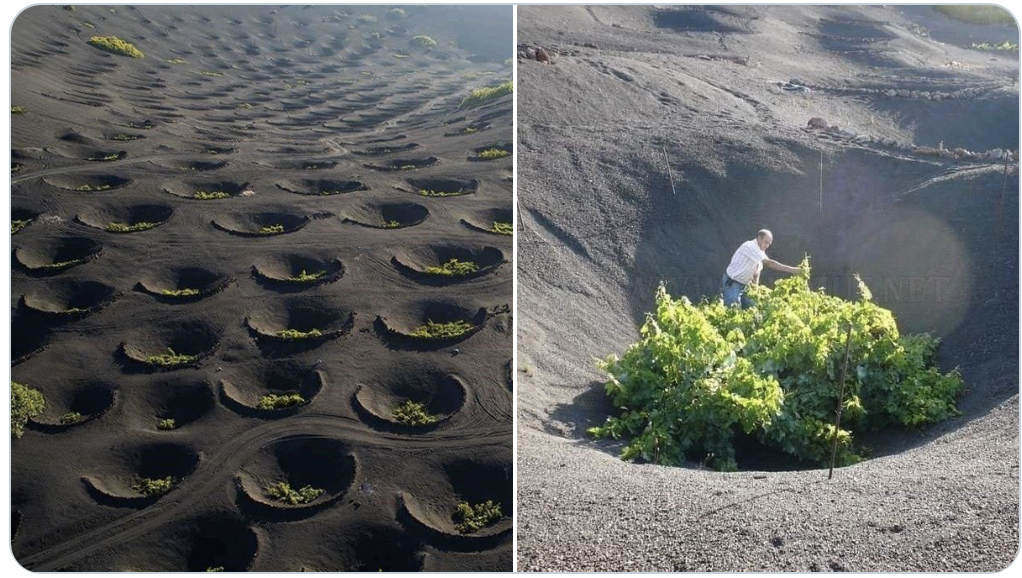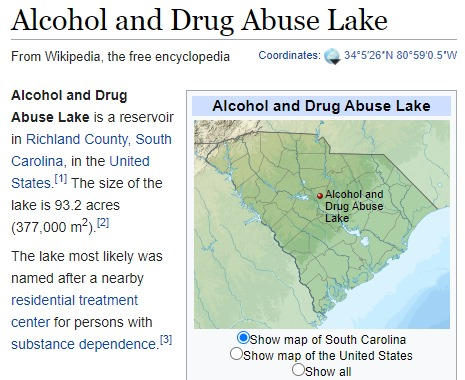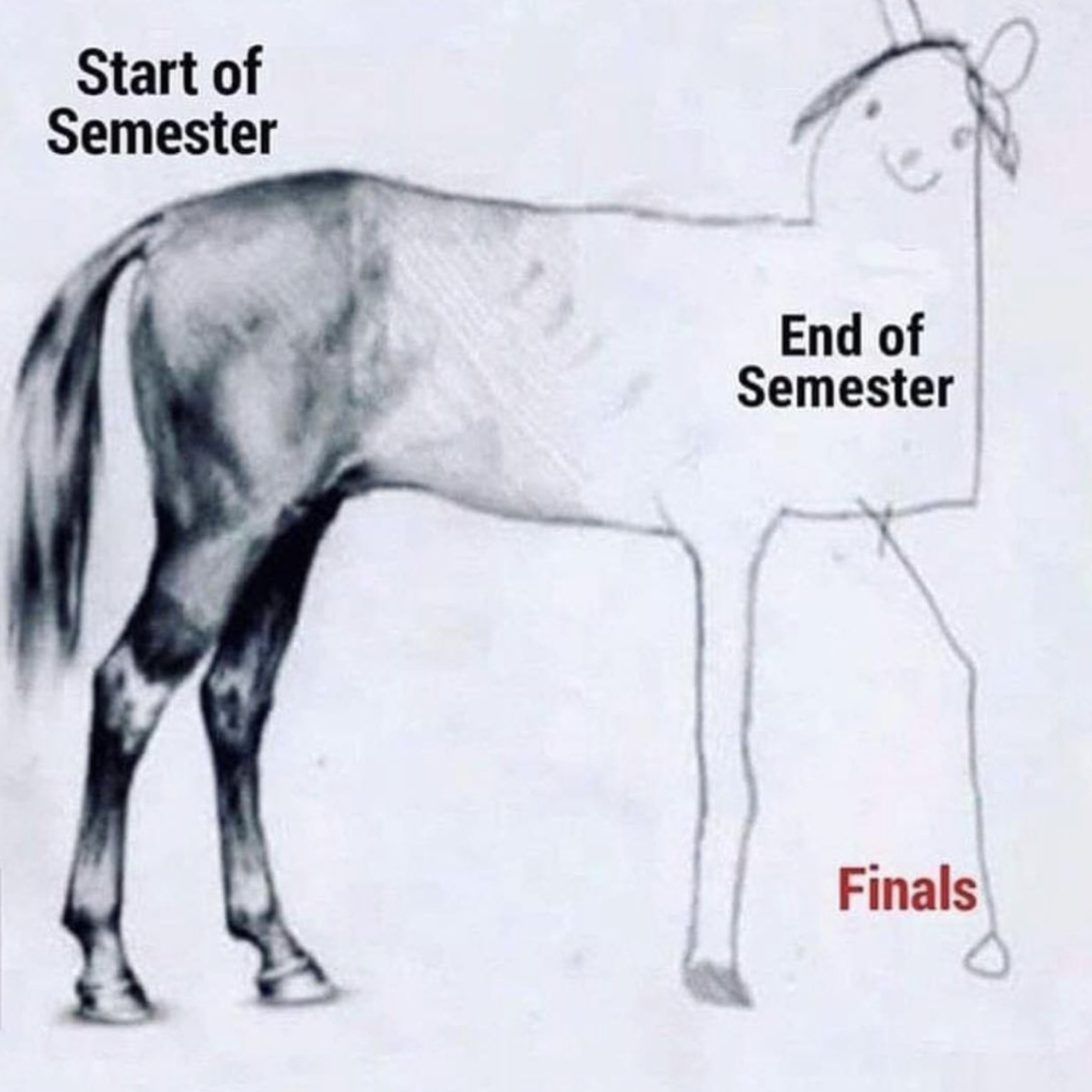It is a real place
Grape pits

Harvesting grapes in mini-craters on a volcanic crater on Lanzarote, the easternmost of the Canary Islands.
“An archipelago 100 kilometres to the west of Morocco, the Canary Islands have produced wine for more than 500 years — “marvellous searching wine”, as Shakespeare noted in his play Henry IV.
But vineyards on Lanzarote date from the mid-18th century, following six years of volcanic eruptions that blanketed the island in black ash.”

The craters are dug out and used to shelter the vines from prevailing winds.








